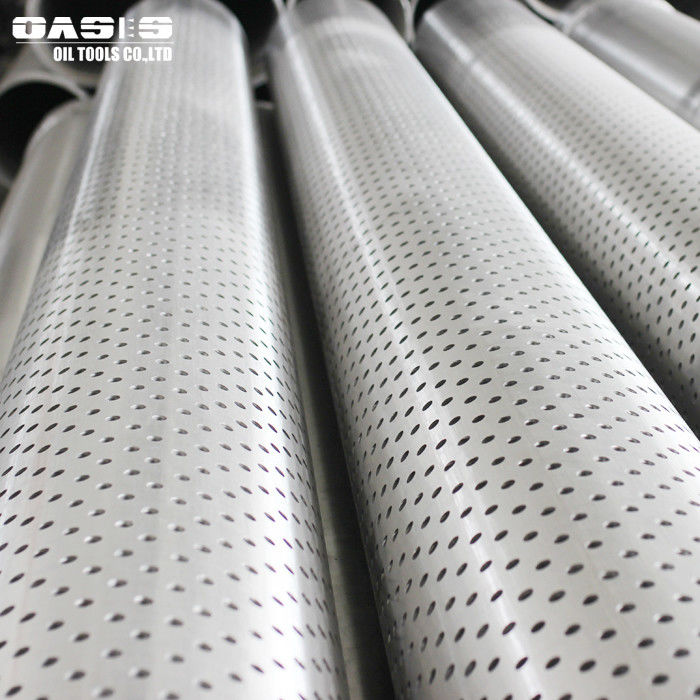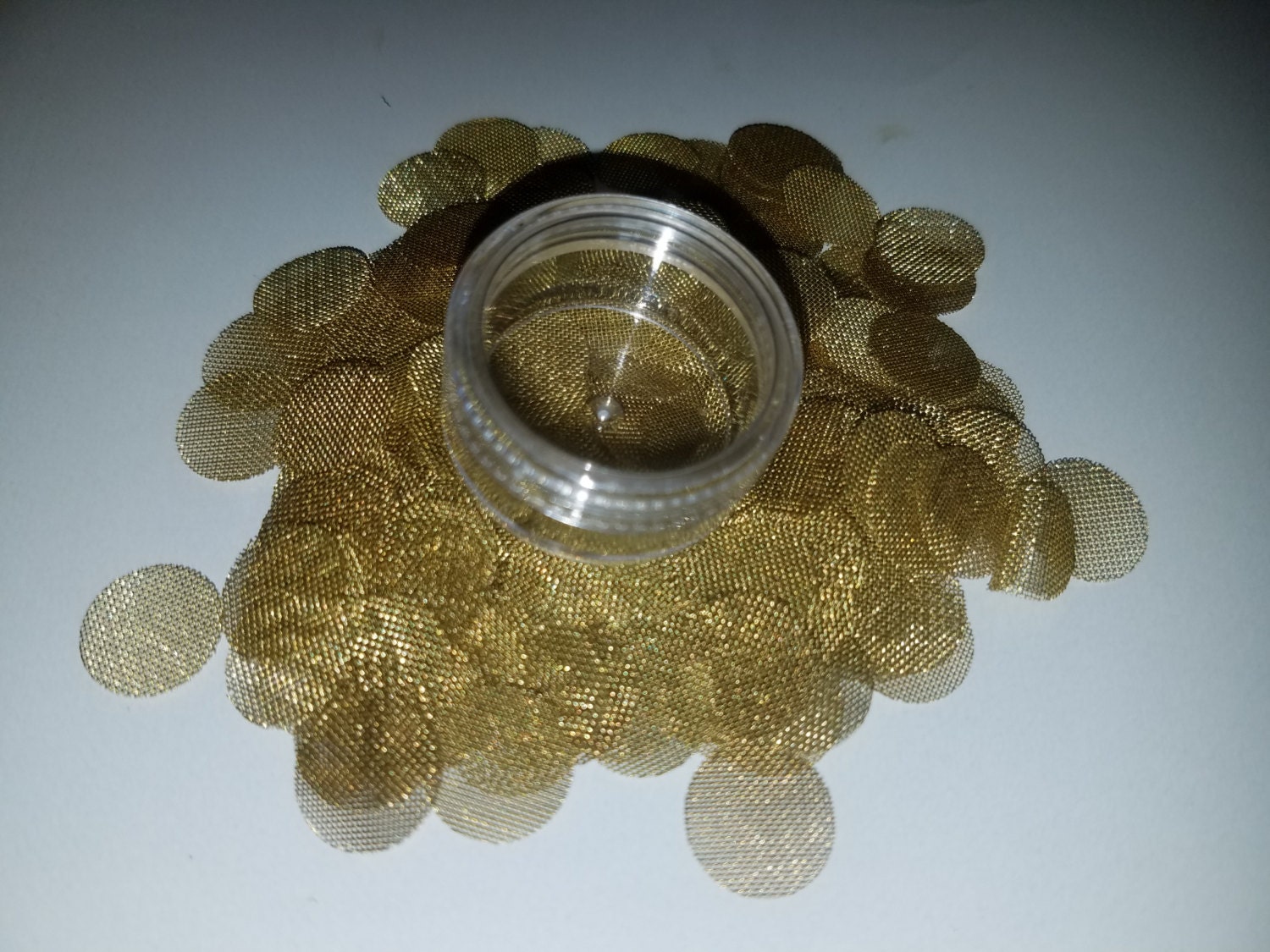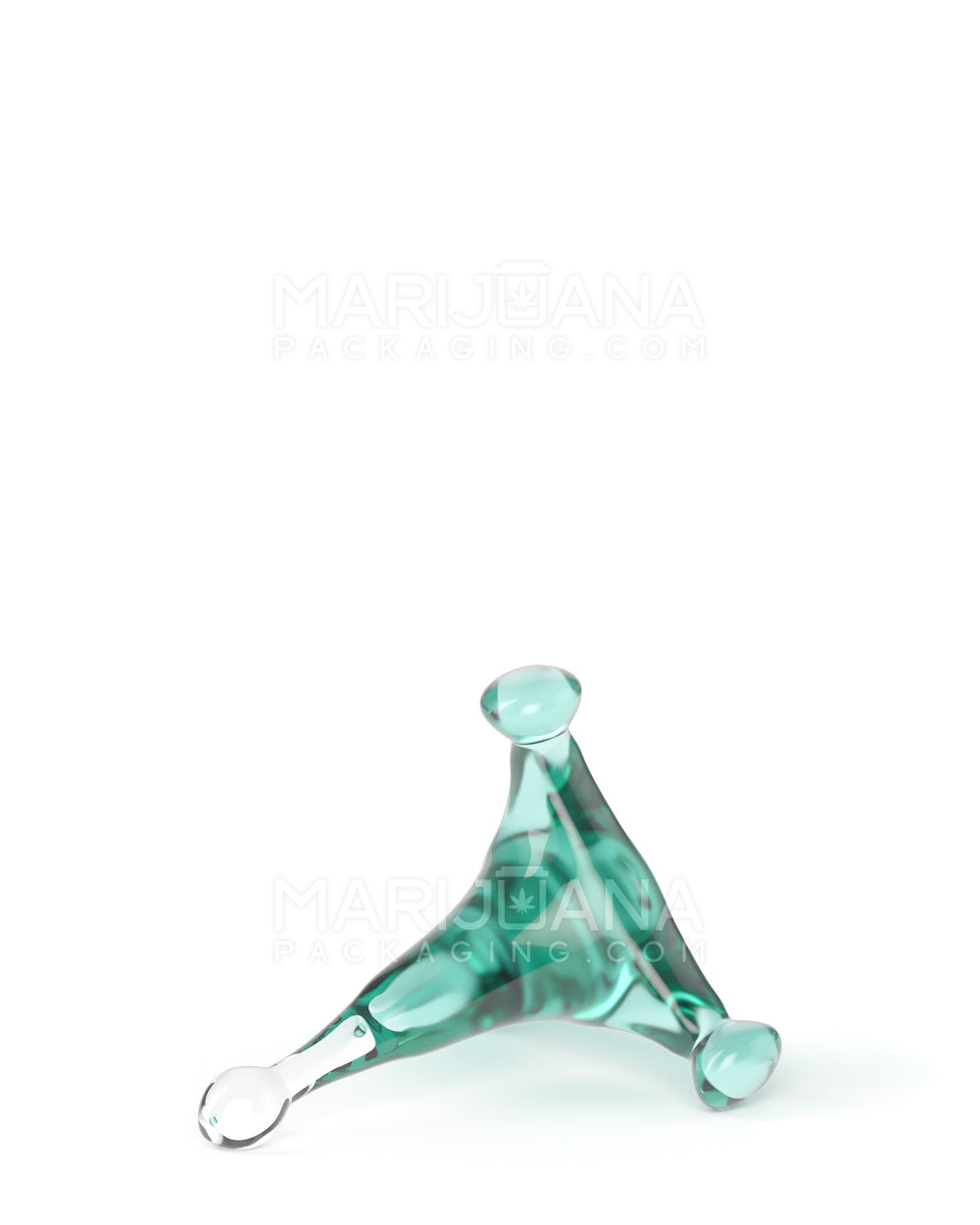

Some people use them as disposable screens for their joints or blunts if they do not have paper. Pipe screens are typically used to smoke dry herbs or tobacco but can also smoke concentrates or oils. The screens for rigs would typically screw right onto one end of the head in order to stop any unwanted particles from getting pulled through into your mouthpiece. The word rig refers to a vaporizer which is usually made up of three parts: the body, the water tool (which may include a handle), and the head (which contains the ground material). You might come across the final type of screen as Screens for Dab rigs. This type of design is preferred by people who want to smoke dry herbs or use resin without having all kinds of ash getting in their way. With an inline bowl, you will use another piece of glass to place over your actual bowl, forcing your material to be held in place and preventing ash from being drawn into your bong. The next type of screen is a little different, called an Inline Screen. These can be easy to clean but easily slide off when drawing from your bong. The first type of screen is the traditional bowl-shaped or saucer-shaped aluminum screen that hooks onto the top of your bong. There are many different types of screens here are just a few of the most popular ones. If you can see bubbles in your glass, heat it and try again. Once it has filled up, remove the glass underneath the torch to prevent overheating. The smoke will travel through your down stem into your bowl.

When your nail is red hot, quickly place it on top of your bowl or down stem and inhale deeply. Turn on your torch and begin heating your nail. The next step will be to take your bowl or nail and place it on top of your folded paper towel. Fold it in half lengthwise and then place it on the ground near your supplies. Second, cut or break off about 8 inches of paper towel. Once you've finished your hit, give the screen a tap to loosen anything that might be stuck before returning it to its place at the bottom of the bongs.įirst, you'll need to start by covering the floor with a tarp and clearing your workspace of anything that you don't want to get covered in tar. The slower you draw, the cooler the smoke will be when it reaches your mouth. Pull out the pipe's mouthpiece and gently draw in the air, so no heat builds up in the chamber. Then, pull out any ash or burnt tars sticking to the tobacco on the screen using a spoon. Keep your flame moving to avoid scorching one spot too long. Get your lighter and use a front-to-back motion to light the tobacco on the screen until all of it is lit. Once you're done packing your pipe screen with tobacco, put the pipe screen on top of the bowl and hold it down firmly with your thumb. Still, they may also affect draw resistance which may be preferable or detrimental depending on your preference. Their secondary function is to create additional percolation in some water pipes by keeping larger particles away from the smoker's mouth.

Pipe screens are primarily used to prevent the buildup of excessive ash inside the bowl and stem, to keep the bowl clean, and prevent clogging. It can be made from metal, plastic, or acrylic, and it should be replaced now and then to avoid clogging up your pipe’s interior. This piece of equipment keeps ash, dirt, and other unwanted materials from entering your mouth while smoking your pipe. The pipe screen, also known as the filter screen, is often located at the bottom of the pipe, before the bowl, but there are instances where it can be found on top of the bowl or even between the bowl and the mouthpiece. You can empty the contents in this manner after smoking sessions. They are also ideal for keeping your gadget cleaner because you can pile ash on top of them. Although brass, glass, quartz, titanium, and stainless steel can also be used to make them, such materials are less common. Pipe screens are tiny screens that keep your pipes and bongs clear of resin buildup, pull-through, and clogging.


 0 kommentar(er)
0 kommentar(er)
